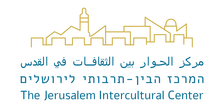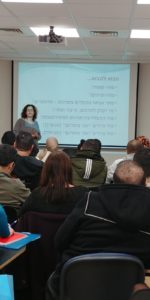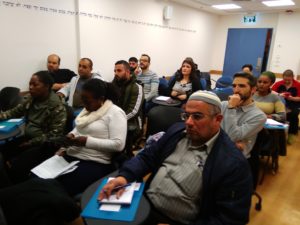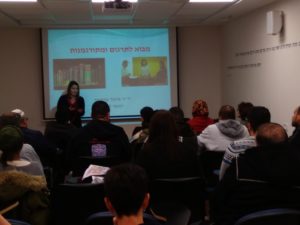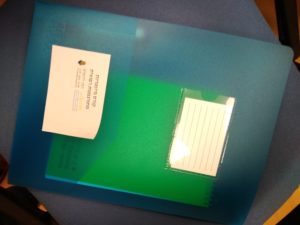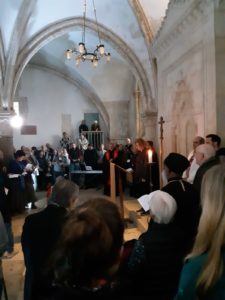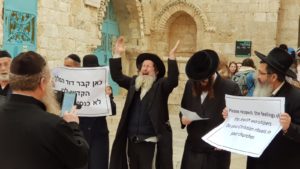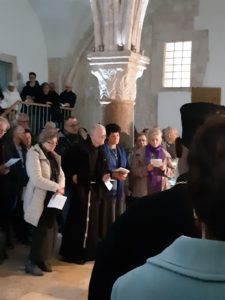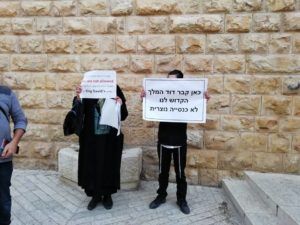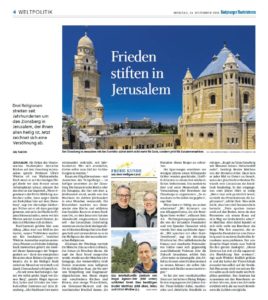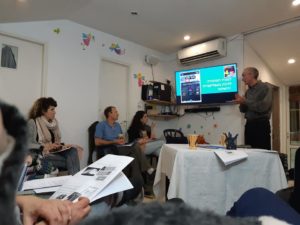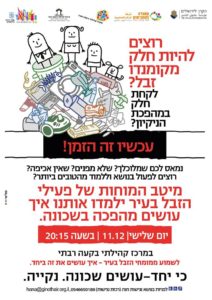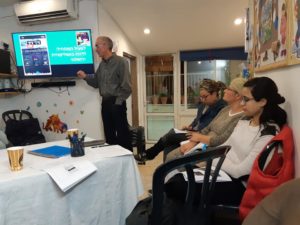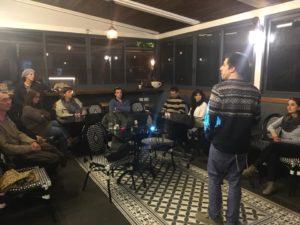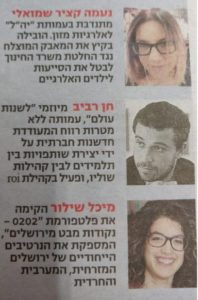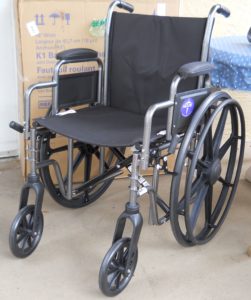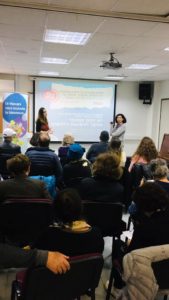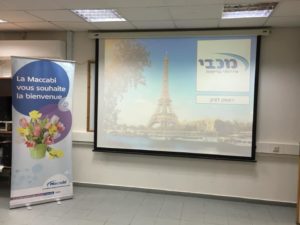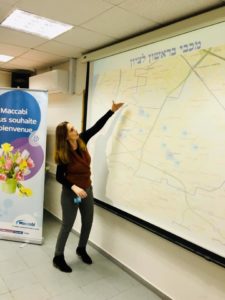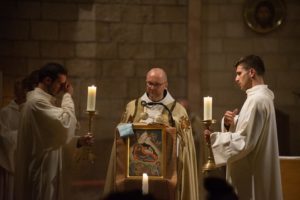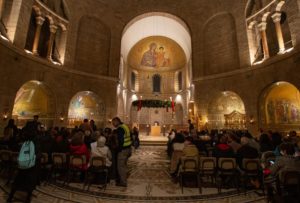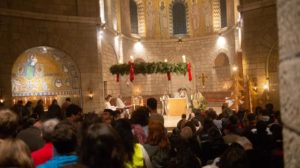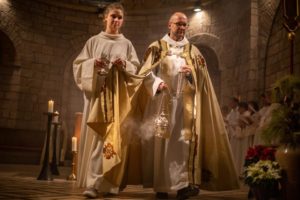Course for Medical Interpreters in Jerusalem
Have you ever waited for a doctor’s appointment at an outpatient clinic and the nurse comes out and asks, “Can someone help us in translating into Arabic / Russian/ Amharic / French?” Usually, a passer-by will volunteer to help translate the conversation between the specialist and the embarrassed patient, whose secrets are now being exposed to an inexperienced stranger at best. Research tells us the chances are that the quality of translation will be poor, and the chances of making a mistake in such a non-professional translation are very high. And who knows what the quality of health care will be like?
In January 2019 we opened another course for medical interpreting (i.e. oral translation) skills for medical professionals and volunteers in Jerusalem hospitals. There, the 30 participants are learning to do it right. (because even the Russian and Hebrew-speaking nurse will interpret poorly if he or she hasn’t learned best practices, ethics and proper terminology.) Participants come from Hadassah, Sha’are Zedek, ALYN Rehabilitative Hospitals. There are also some independent participants.
Our Dr. Michal Schuster, who has led with us the field of Cultural Competency for over a decade, is leading the course. She’s noted, “One of the things I most like to do in these courses is to take things apart and build them back up. To deconstruct existing viewpoints (either conscious and unconscious) about language, translation and interpreting, and, together with the participants, build a strong basis for proper and more accurate interpreting. It’s not an easy process at all – neither for me nor for them – but it is very rewarding.”
The team working with Michal are the language experts: Tanya Voinova, Salih Sawaed and Messale Mamo.
One more step in making Jerusalem friendlier – and more culturally competent and culturally sensitive – to all its residents.
This course could not have taken place without the partnership of the Jerusalem Foundation, our strategic partner in Cultural Competency for over a decade. And many thanks to our partners in action Sha’are Zedek Medical Center (who are graciously hosting the course), Hadassah Medical Center, and Alyn Pediatric and Adolescent Rehabilitation Center.
Here’s the Facebook post written by our Director, Hagai Agmon-Snir:
And Michal’s post:
